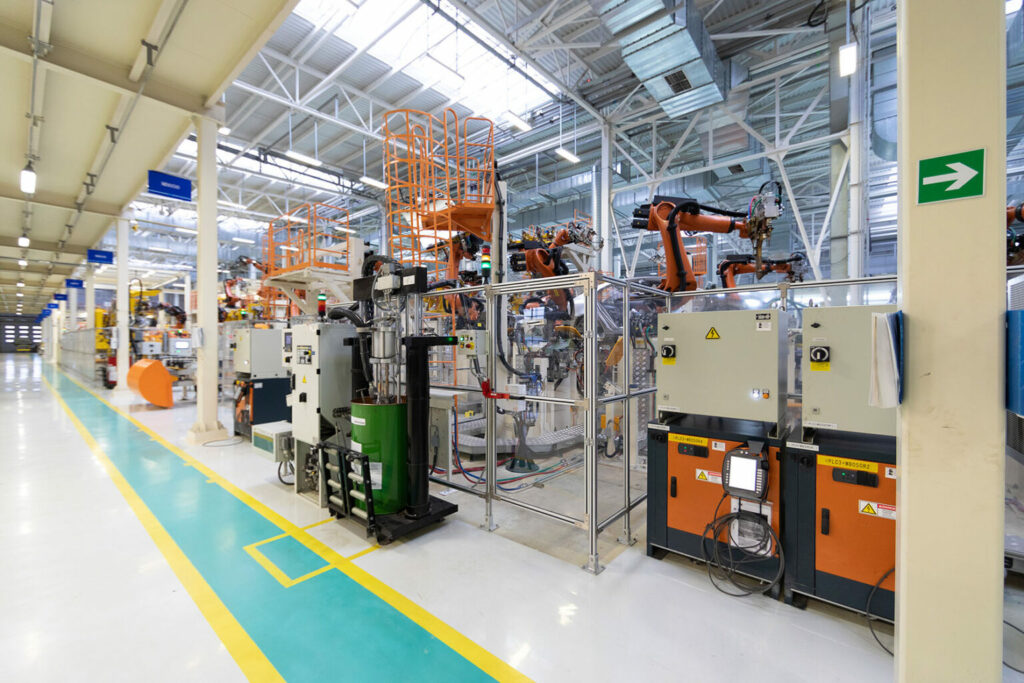
The assembly line is an invention that dates back to 1913 by Henry Ford for the Ford Motor Company. It has been a cornerstone in manufacturing processes worldwide. However, in the dynamic modern world, the need for customization in assembly design has never been more important.
As the journey of assembly line evolution continues, we are learning that customization plays a pivotal role in the manufacturing landscape of today. The ability to customize assembly lines has enabled manufacturers to optimize productivity, improve efficiency, and increase profitability.
In 1913, Henry Ford introduced the assembly line concept to the Ford Motor Company and the manufacturing industry. This revolutionary approach enabled significant breakthroughs in efficiency and speed. It marked the beginning of a manufacturing revolution that would change the face of production forever.
However, it was the addition of the moving line that was the game-changer. It brought forth unprecedented efficiency to the process that surpassed anything that had ever been achieved before. The impact was felt across the entire industry. Ultimately, it facilitated the accelerated mass production of goods to meet the needs of a rapidly growing market.
An assembly line is a manufacturing process wherein raw materials or semi-finished products are used to produce a finished product. This step-by-step process involves the systematic addition of parts until a final product emerges from the end of the production line.
One of the essential components of assembly design is the conveyor belt. Acting as a workhorse of the manufacturing process, conveyor belts efficiently and smoothly guide the products from one production station to the next. Its innovative design helps streamline the production process, ultimately resulting in faster and more efficient manufacturing.

Today’s assembly lines are a testament to the incredible progress in technology and engineering. Automated assembly designs and processes are increasingly prevalent, enabling factories to produce products at an unprecedented rate.
Automation has revolutionized the manufacturing industry, transforming traditional workplaces into productive environments where new innovations are constantly being developed.
Moreover, automation has brought about improvements in safety, quality, and cost across various industries. By removing humans from dangerous or repetitive tasks, manufacturers can lower their accident rates while increasing product quality and efficiency. It has been shown that decreased error rates result from a significant reduction in human intervention.
Interchangeable parts have been a cornerstone of assembly line design since the era of the American Industrial Revolution. Mass manufacturing of goods can be speedy and proficient when using standardized parts. Parts that can be mixed and matched without compromising the final product.
Modern factories boast precise and highly specialized machinery, incorporating interchangeable parts with seamless efficiency. By utilizing our small parts assembly automation services, you can rest assured that your components will be assembled quickly and accurately.
However, mass manufacturing doesn’t always work with standard machine setups as each company and every production line is unique. In order to attain maximum efficiency, assembly line designs must be tweaked to suit specific production requirements.
Tailoring assembly line designs to specific needs proved to be a game-changer, driving overall productivity and performance to new heights.
Customized assembly designs can be a game changer in the manufacturing world. This is particularly true when created and optimized according to the specific needs of the industry. Incorporating precision-driven technology has the potential to streamline production processes and redefine the way we manufacture products.
To help make this a reality, it’s important to have access to the right tools and resources. Take advantage of assembly line design software today to create your own optimized assembly line, tailored to your production needs. Contact our team of experts today to learn more.